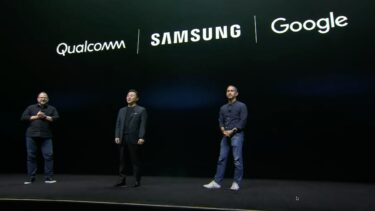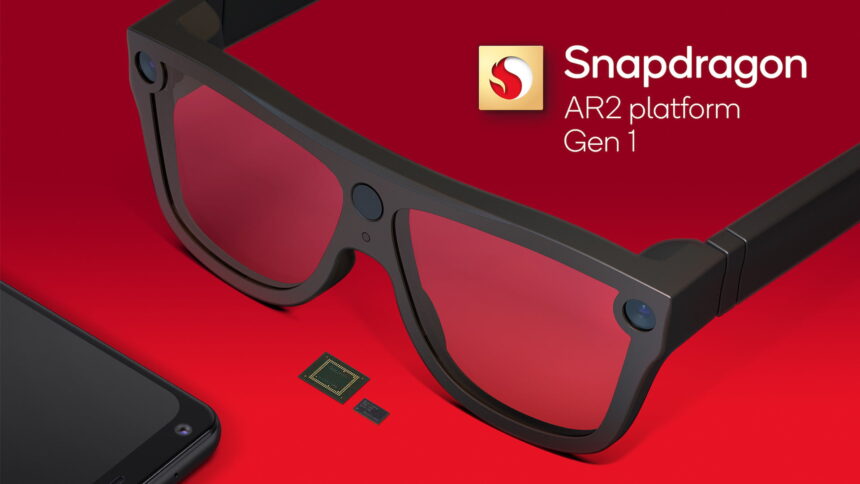Samsung's new XR headset will use Google and Qualcomm tech

Samsung is solidifying plans for XR solutions, teaming up with Google and Qualcomm for future mixed reality devices.
At Samsung Unpacked, the electronics giant announced more than just smartphones and laptops, sharing more details about the technology and partnerships that will help with its return to mixed reality with Samsung XR solutions being developed with Qualcomm and Google.
While Samsung didn't share any product details or mention a timeline, this adds weight to rumors that Samsung will launch an XR device to compete with its longtime rival Apple. Although Apple hasn't made any comments about its rumored XR headset, an announcement is expected in 2023 and Samsung could be feeling pressure to answer that challenge.
It was previously reported that Samsung might collaborate with Microsoft on an XR headset, but with recent cutbacks to the HoloLens and Windows Mixed Reality teams, those plans are unlikely to continue. Samsung didn't have to look far for a new solution and is teaming up with a couple of close partners for future products.
Qualcomm and Google are critical partners
Qualcomm designs the processors that power most standalone VR headsets and smart glasses. The Snapdragon XR dedicated to VR and AR was introduced with Meta's Quest 2 and used in an improved version in the Quest Pro. It is also used in many other standalone glasses from HTC, Pico, and others.
Qualcomm will reportedly release a Snapdragon XR2 Gen 2 processor in 2023, which will gain a three-year advantage over the much older XR2 Gen 1. With greater performance available, it will be interesting to see what Samsung will be able to achieve with its XR devices.

Bild: Qualcomm
Qualcomm recently announced that it's also expanding into dedicated processors for augmented reality with its AR2 Gen 1 chipset. The distributed chip design allows much slimmer and power-efficient designs for the next generation of AR glasses.
Google has a long history in AR software, including integrating ARCore into Android for augmented reality on smartphones. With Google Glass, Google had its first AR hardware flop with consumers, and with Google Cardboard, Google at least contributed to the interest in VR.
At its developer conference, Google IO 2022, the Android developer presented a preview of a future pair of AR glasses with built-in translation and transcription capabilities, allowing you to talk in any language without having to look at your smartphone.
Google is also rumored to be working on a mixed reality headset as part of "Project Iris". It is not known if these are the same headsets shown at IO 2022. With Project Starline, Google is also investing in a glasses-free technology for 3D video calls with photorealistic avatars. The AI technology used here could also benefit a headset.
Samsung was an early XR pioneer
Samsung was in the nascent market almost from the start with its Samsung Gear VR smartphone VR headset, which launched in 2015 and used a Galaxy S or Note as a display. The Gear VR ran Oculus' VR games, and that partnership initially accelerated VR's growth, but it remained superficial.
Ultimately, the Gear VR didn't offer the depth of content and technology to sustain itself in the market through returning users, and it fell far short of today's PC VR headsets and standalone devices. Samsung experimented with the standalone XR in 2017, prior to Quest. However, the prototypes shown at the time never made it to market.
After discontinuing the Gear VR and the critically acclaimed but commercially unsuccessful Samsung Odyssey PC VR headset, Samsung disappeared from the XR space, leaving the field to Meta, HTC, Sony, and others. With the now announced partnership with Google and Qualcomm, Samsung is officially back in the mixed reality race.
Note: Links to online stores in articles can be so-called affiliate links. If you buy through this link, MIXED receives a commission from the provider. For you the price does not change.